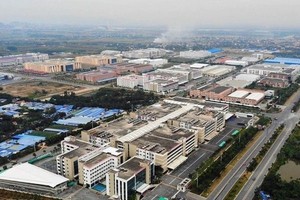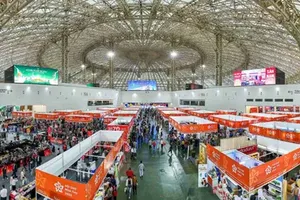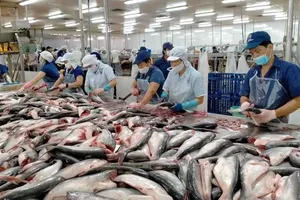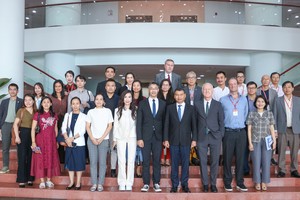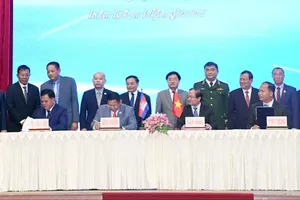Economists outlined three alternative scenarios for Vietnam’s economy for 2013, during a meeting held by the National Center for Socio-Economic Information and Forecast (NCEIF).
The nation's growth rate is likely to reach 5.68 percent in 2013, under the likeliest scenario discussed by experts at a conference held here last week to review economic growth in 2012 and prospects for development in 2013.
Economists say an export-driven economy like Vietnam will continue to be subject to the vicissitudes of the global market.
While the US and European economies were on track to recovery, which would be important for Vietnamese exports, both markets tended to erect more aggressive trade barriers, said the center's deputy director.
Japan's growth was also forecast to slow next year, which would have a negative influence on Vietnamese exports, since Japan was one of the nation's three top trading partners as well as the country's leading source of foreign investment.
Based on an analysis of the economy's strengths and weaknesses this year, as well as predictions for global growth in the coming year made by a number of international organizations, the research group from the Ministry of Planning and Investment's National Center for Socio-Economic Information and Forecast presented to the conference three possible scenarios for Vietnam's economic growth next year.
In the second and most likely scenario, the eurozone would find its way out of its debt crisis, political and island sovereignty disputes would ease, the US economy would enter a modest recovery, and Japanese growth would match 2012 levels. Under this middle scenario, Vietnam would see growth next year of 5.68 percent.
Inflow of foreign direct investment (FDI) and official development assistance (ODA) were likely to be higher next year, giving further impetus to domestic growth. Slowing growth in India and China will also offer a competitive opening for Vietnam, which could still offer labor and input costs to foreign investors lower than these regional giants, experts noted.
Under the best-case scenario, the global economy would develop at 3.6 percent next year and the Vietnamese Government would undertake effective measures to stimulate domestic production and lower bad-debt levels. Under this scenario, growth could reach 6.34 percent, the research team said.
To achieve either of the latter two scenarios, the Government would need to maintain economic stability, keep inflation at 2012 levels, implement tight yet flexible monetary policies, and find ways to improve the efficiency of investment in the economy, especially among State-owned enterprises, they said.
Experts at the conference also stressed the important role to be played by corporate restructuring, especially at State-owned enterprises, to reduce waste in the use of State capital and create a healthier competitive environment among enterprises.
However, the negative impact of the global economic downturn is still lingering on. The Japanese economy, which is forecast to slow further in 2013, will affect the Vietnamese economy. Japan is not only one of Vietnam’s three biggest trade partners, but also one of the country’s largest foreign investors. Its economic difficulties will detract from the influx of foreign direct investment into Vietnam.
Although Europe and the US are showing green shoots of recovery, the reactive domestic market safeguards they are applying on trade will be the biggest obstacles to Vietnamese export expansion. Global demand is expected to remain stable as foreign markets maintain import caution.
The three economic scenarios extrapolated by NCEIF experts are based on Government forecasts, the national economy’s internal orientation, and reports by international organizations.
